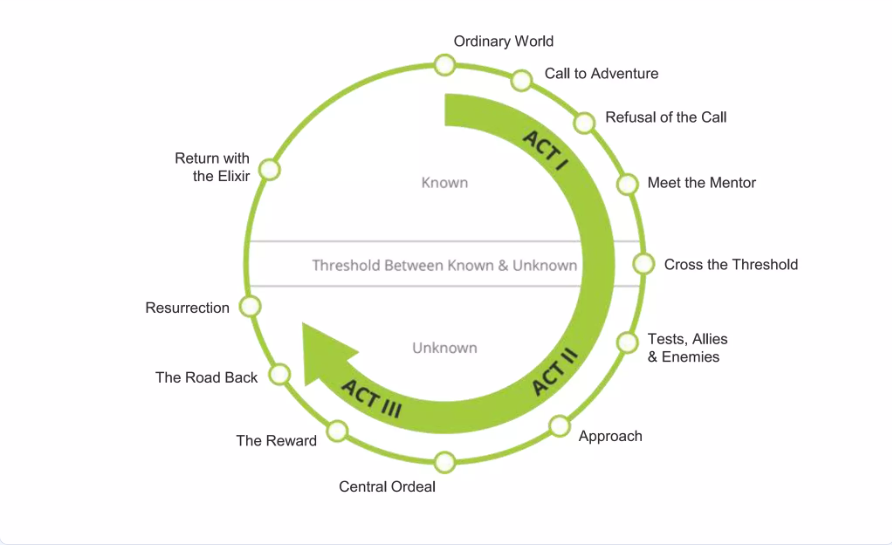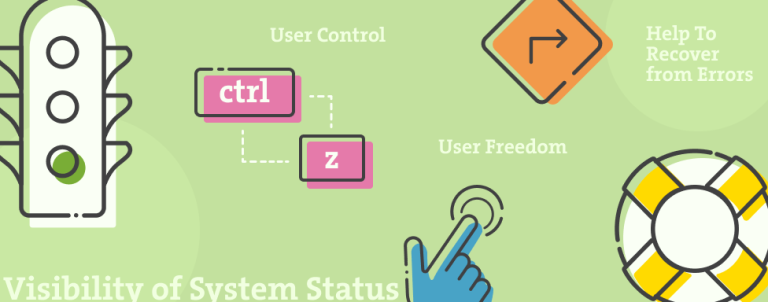“I don’t care for stories, only cold, hard facts”, the eCommerce Man said. Then scowled.
But what gets people interested? There is no singular answer – we all have our own motivations – but in every aspect of our lives, stories take hold of us and keep us close. Novels, films, TV, video games, websites: there is a narrative in everything we consume that creates an emotional attachment and keeps us coming for more.
Now you may be wondering, what does this have to do with online stores and eCommerce? I’m glad you asked.
Storytelling also applies to something as seemingly mundane as online shopping. Every online store you open, every product you click on, the very design and experience you are going through – there is a story there. There is someone who worked behind the scenes thinking what their customer should see first. What they should read first. What they should be thinking. What they should do.
The Purpose of Stories
Think about online creators you follow on social media. Probably they make content that interests you, but they likely also present it in compelling ways. They do something that makes them stand out, that endears them to you and keeps you interested.
Let’s say it’s a YouTube channel, and they present their content in a relaxed, cozy atmosphere. This communicates a certain idea, the notion that you are there to relax and unwind. The mere fact it’s presented this way invites assumptions from the viewers – about the creator, their intentions, and the audience they want to attract.
How they speak, how they edit their video, what colors and music they use – all this tells a story not explicitly said anywhere. They are conscious choices intended to contribute to the creator’s image, brand, to help them achieve their goal. Their goal may not be monetary, especially if it’s just a hobby, but there is a motivation there – something they want from you, the end user.
The same is true for eCommerce and every product. Accidents are far and few between. Everything you see, everything you interact with, is a deliberate choice contributing to the story you are being told.
Storytelling in eCommerce
Simply put, storytelling in eCommerce marketing means using a narrative to communicate a message. The primary goal is to make the viewer feel something and inspire them to take action.
According to the London School of Business, people retain only 5% to 10% of information if it consists of statistics alone. This percentage rises to 65% to 70% when it includes a story.
The same applies to eCommerce. People are more likely to buy a product if they love the brand’s story. To take a global brand as an example, Nike uses storytelling to showcase athletes overcoming challenges. This way, they tie their products to the idea of achievement, and tying it to the successes of famous athletes even gives it a certain… prestige, which contributes to the products’ reputation and price.
When it comes to telling a story about a product, it’s important to explain what value this product actually brings to the customer. What does it help them achieve? At their most base, the conflict in stories comes from protagonists fighting to overcome obstacles to achieve their goals. This line of thinking is useful when thinking about stories related to your products and what obstacles they can help your customers overcome.
As put by Jonathan Gottschall in his article Why Storytelling is the Ultimate Weapon:
Fiction seems to be more effective at changing beliefs than writing that is specifically designed to persuade through argument and evidence.
With the emotional attachment built through stories, we let our guard down and become more malleable to persuasion.
UX Design and eCommerce Storytelling
Believe it or not, there is a story even in design. Sure, there are no heroes and villains and lightsabers involved, but there is a background story at work there.
Well, if we had to use the terminology of the hero’s journey, the user is the hero and the journey is navigating through your digital product. They will encounter challenges and obstacles, but it is the responsibility of your product to help them overcome those hurdles and achieve their goal.
And if you can allude to the story of your brand while doing that, you’re on the right path.

Let’s take Flixbus as an example. Flixbus is a German low-cost bus service that primarily operates in Europe. What story does the experience of using Flixbus’ online store say?
Flixbus touts itself as a low-cost, hassle-free transportation service. This is reflected in the design of its web. You pick your starting point, your destination, dates, number of passengers, whether it’s a one way or round trip ticket, and that’s it. There is no clutter, no bloat, just the information you need to plan your trip in a fast, simple way.
The language on its web isn’t about buying tickets for a trip, it’s about exploring destinations. It’s all about experiencing something new without spending enormous amounts of money.
Additionally, the green colors of its brand and the fast, open design of its store allude to modernity, the progressive ideals of environmental friendliness – which Flixbus explicitly confirms on their homepage, stating their coaches are proven to have an excellent carbon footprint per driven passenger-kilometer.
Are you the hero of Flixbus’ journey? If Flixbus is generally a choice you turn to when buying bus tickets, you are! Congratulations.
A Long Time Ago, in a Galaxy Far, Far Away…
Cold, hard facts are important, but we humans are emotional beings. Tapping into our emotions is the way we form connections and attachments – even when it comes to choosing where we do our online shopping.
But you’ve got to have the right story to tap into someone’s emotions and bring them to your side. And to do that – well, there is a lot to consider. Hopefully, this blog will help as a starting point. Good luck, and get to writing!









